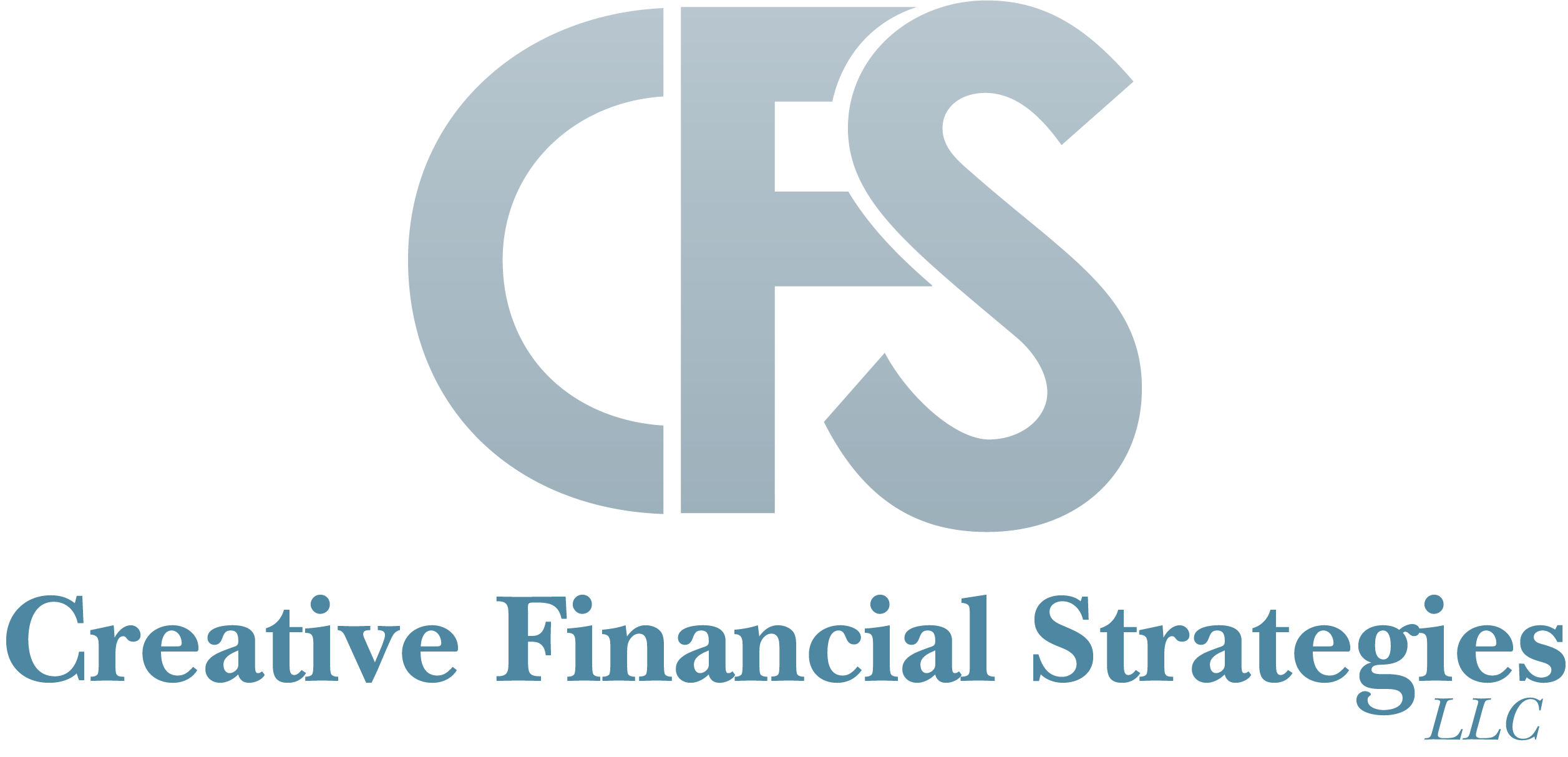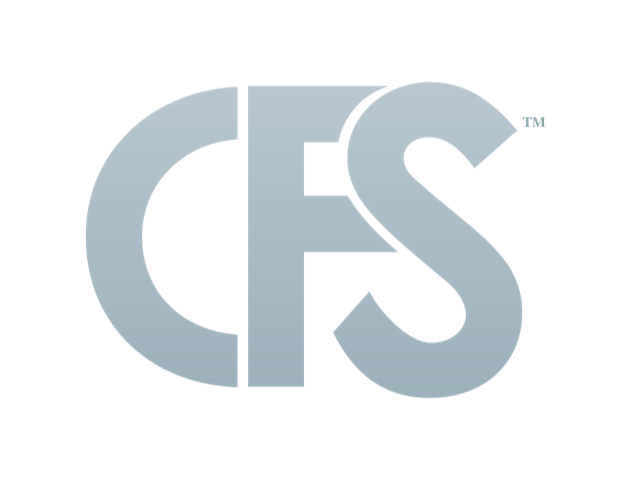Overlooked Tax Breaks & Deductions for the Self-Employed
Your business’s success is in your hands when you’re self-employed, so you need to be knowledgeable about and take advantage of whatever assistance is available—especially when it comes to lowering your tax bill.
It’s commonly known that the government subsidizes certain personal expenses when you work from home. The key to this deduction is to use a dedicated space regularly and exclusively for business. Additionally, part of your utility bills, phone and Internet, and insurance costs may be deductible. You can also write off part of your rent or, if you own your home, depreciation. In recent years, the IRS has come up with a simplified method for figuring out this deduction allowing taxpayers to deduct $5 for every square foot.
Once you start working for yourself, the door opens options and choices for tax-sheltered retirement plans. You can contribute pretax money to a simplified employee pension (SEP) or a solo 401(k), both of which have higher annual limits than regular individual retirement accounts. You may also get a tax credit for your retirement plan’s contributions if your income falls below a certain threshold. It’s called the Saver’s Credit, and it can trim up to $1,000 off your tax bill ($2,000 for married couples). The credit is worth 50%, 20% or 10% of your contributions, depending on your adjusted gross income.
Don’t discount the qualified business income deduction (a.k.a., the Section 199A deduction). It’s available for owners of S corporations, partnerships, LLCs, and other “pass-through entities” as well as those operating as sole proprietors. It’s a tricky tax break with several particular rules and restrictions, but the write-off is sizable if you can jump through all the hoops. Generally, eligible self-employed people can deduct up to 20% of qualified business income (QBI) from their business. QBI is the net amount of income, gain, deduction, and loss from the business included in your taxable income (minus capital gains and losses, certain dividends, interest income, wage income, and a few other items). However, the deduction is subject to various limitations if your 2020 taxable income is $326,600 for joint filers, $163,300 for all other taxpayers.
There are more tax breaks for small businesses, and to take advantage of them the right way, you need experts on your side. We can help you discover tax breaks and deductions that will keep your business growing for years to come. Contact us, and together we can dive into your business financials, savings, and opportunities.
Adapted from Kiplinger1
Securities offered through SCF Securities,Inc. Member FINRA/SIPC 155 E. Shaw Ave. Suite 102, Fresno, CA 93710 • (800) 955-2517 •Fax (559) 456- 6109. SCF Securities, Inc. and Creative Financial Strategies LLC are independently owned and operated. www.scfsecurities.com Note: Securities offered through SCF Securities Inc., Investment Advisory Services offered through SCF Investment Advisors, Inc. This document is for educational purposes only and should not be construed as legal or tax advice. One should consult a legal or tax professional regarding their own personal situation. Any comments regarding safe and secure investments and guaranteed income streams refer only to fixed insurance products offered by an insurance company. They do not refer in any way to securities or investment advisory products Insurance policy applications are vetted through an underwriting process set forth by the issuing insurance company. Some applications may not be accepted based upon adverse underwriting results. Death benefit payouts are based upon the claims paying ability of the issuing insurance company. The firm providing this document is not affiliated with the Social Security Administration or any other government entity.
1 https://www.kiplinger.com/slideshow/taxes/t054-s011-most-overlooked-tax-breaks-deduction-self-employed/index.html


